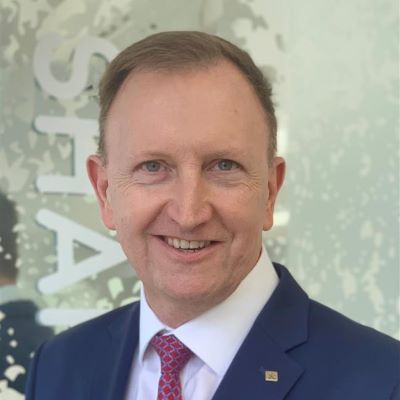About us in the UK
There has never been a time where organisations have had to evolve more quickly to meet expectations of increasingly empowered digital consumers and the millennial employees serving them. We exist to provide end to end expert advice to clients across industries, with a particular focus on Financial Services and Life Sciences helping them to positively transform to become modern, innovative organisations that thrive in a sustainable way.
For each client, we are committed to delivering excellent outcomes. Our approach ‘The Positive Way’ is how we do it:
- Listen: Get to the heart of what our clients want and never make presumptions about what’s best. We really listen and collaborate as a team from start to finish.
- Collaborate: Value action over words, working collaboratively with our clients toward a shared goal.
- Specialise: Each and every client is provided with a dynamic and personable team equipped with in-depth specialist knowledge
- Tailor approach: Our approach is tailored to each individual client. We never provide ‘off the shelf’ advice.
- Team Spirit: We’re a team in the truest sense, by supporting, encouraging and motivating each other, while enjoying ourselves and having a good time.
- Trust and loyalty: It's important to us. This is demonstrated through the ongoing relationships we enjoy and the recommendations we receive.
As specialists we are confident about what we can do, and we’re honest about what we can’t. Our priority is delivering excellent client outcomes. If we ever feel unqualified to help, we’ll always politely decline.
As organisations face the challenges posed by todays markets they often need to fundamentally transform both in terms of what they deliver to their customers, but also how they are organised and set up to safely operate. Our capabilities are crafted to meet these challenges end to end.
Specialist Areas
Wavestone is listed in the Financial Times UK Top Management Consultants 2024
Our Client Stories
Latest insights
Webinar
Life Sciences
Competing Through ‘Customer’ Value: 5 Concrete Steps Towards an Exciting New Era for Life Science
Contact us
If you have a question around how we can help you with your transformation challenge, or if you are interested in joining the team, we would love to hear from you.
Want to join Wavestone UK?
It is the quality of our consultants and our ability to progress collectively that make Wavestone a Great Place To Work. You are passionate, you want to invest in projects with strong challenges, join our talented teams and help build a more sustainable world!



